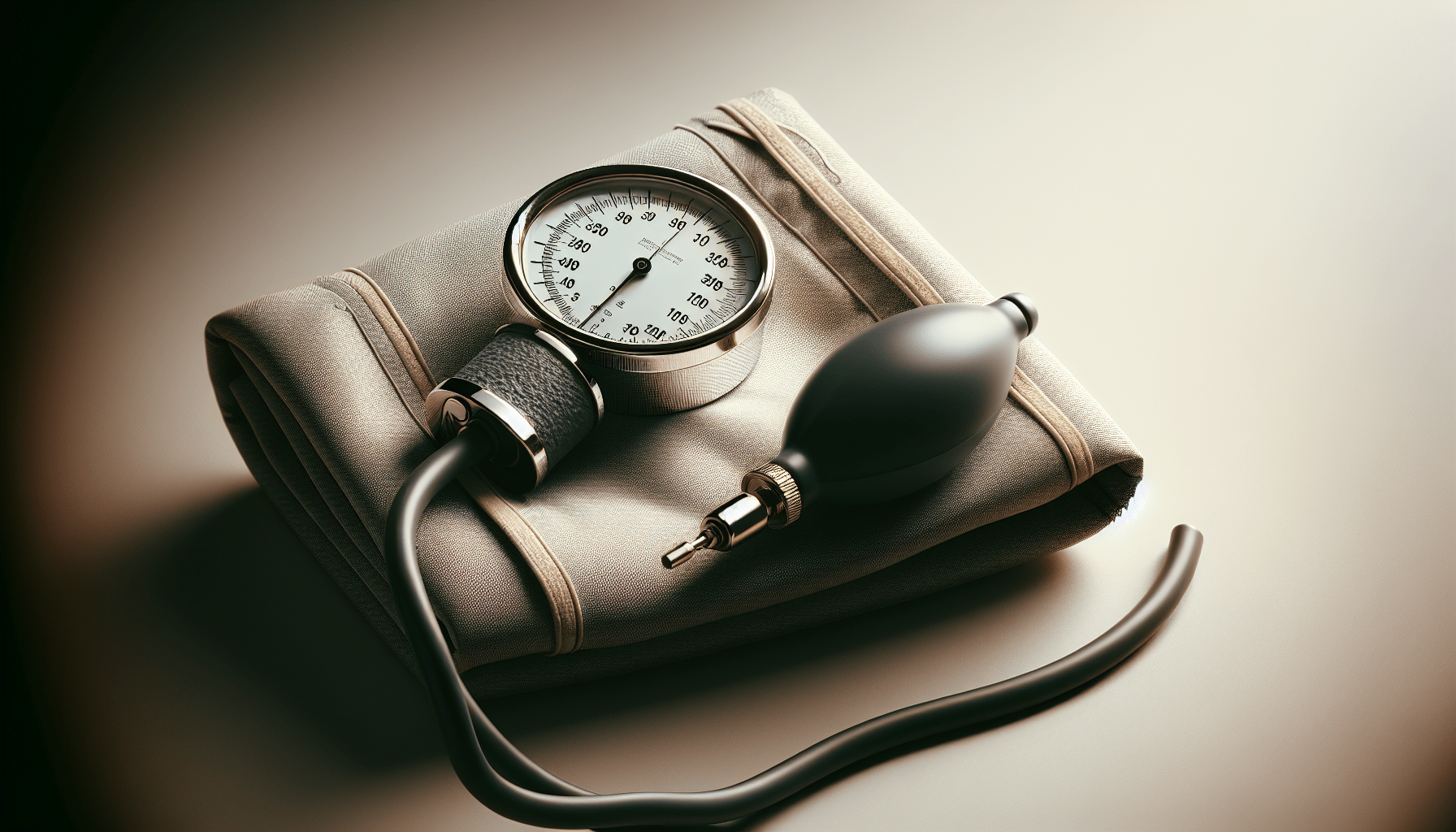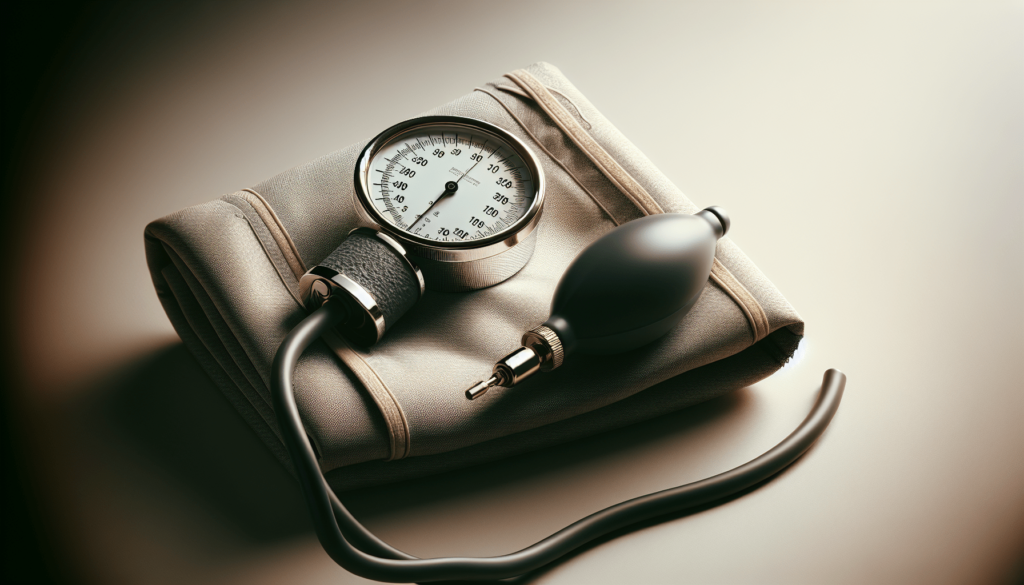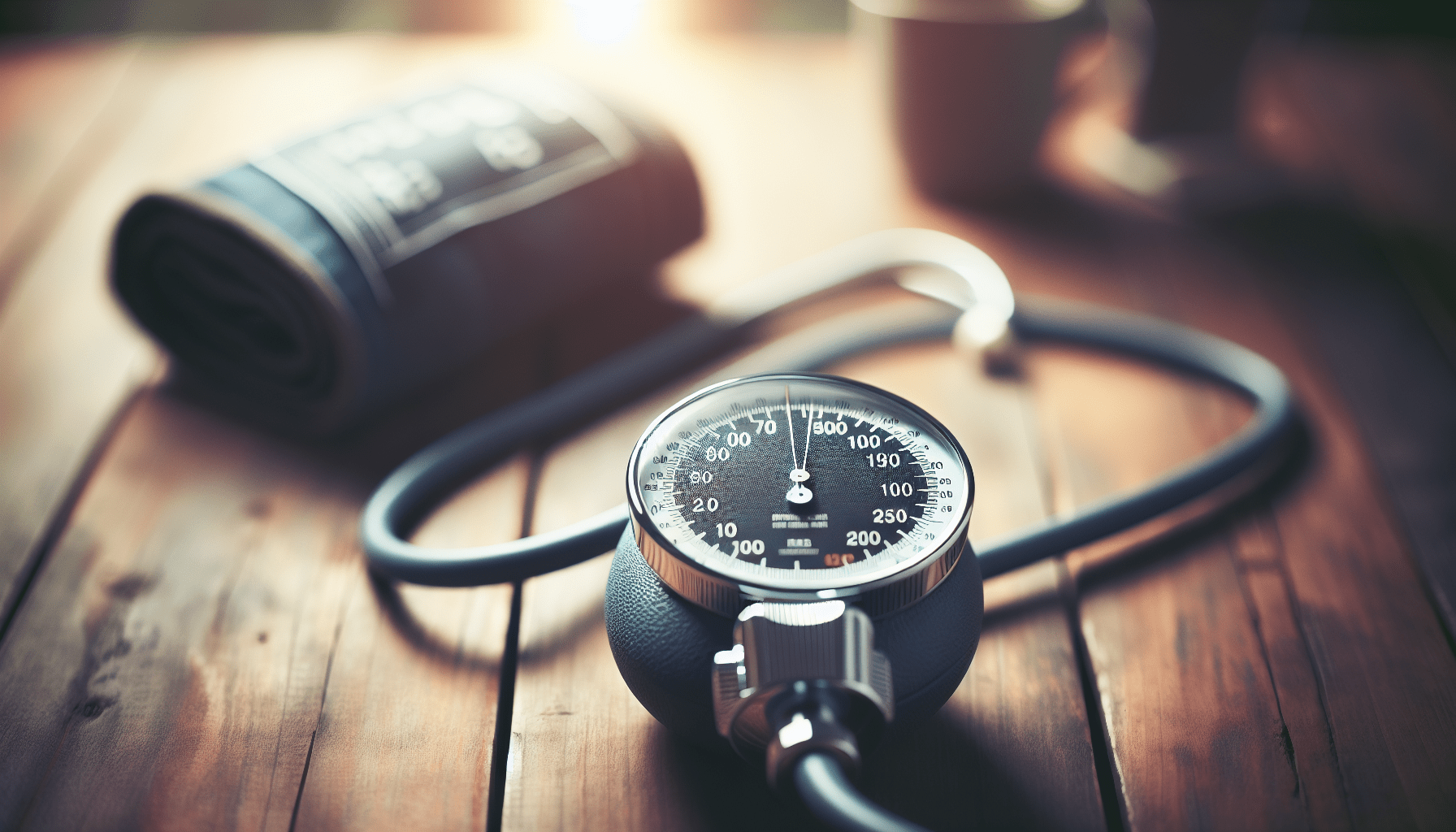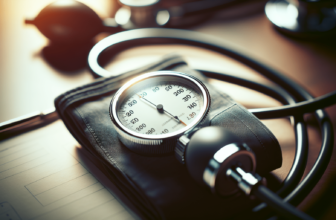
Have you ever wondered about those numbers on your blood pressure readings? You know, the ones that tell you about your heart health? Understanding the distinction between systolic and diastolic pressure can make a difference when it comes to monitoring your well-being.

What Is Blood Pressure?
Before we get into the nitty-gritty of systolic and diastolic pressure, let’s lay the groundwork by discussing what blood pressure means. Blood pressure is the force exerted by circulating blood against the walls of your arteries. It’s a vital sign that helps healthcare providers assess your cardiovascular health.
Measured in millimeters of mercury (mmHg), blood pressure is recorded with two numbers: the higher systolic pressure and the lower diastolic pressure.
Why Is Blood Pressure Important?
Knowing your blood pressure is crucial because it helps detect potential health issues. High blood pressure (hypertension) can lead to serious complications like heart disease, stroke, and even kidney disease.
Regular monitoring helps you keep track of your heart health and can prevent serious conditions arising from hypertension or hypotension (low blood pressure).
What Is Systolic Pressure?
Systolic pressure refers to the amount of pressure in your arteries when your heart beats. This is when your heart is actively pumping blood out to the rest of your body.
The Role of Systolic Pressure
Understanding this measurement is vital because it reflects how hard your heart is working. It tells you how much pressure your blood is exerting against the artery walls during a heartbeat. Basically, it gives you a glimpse into your heart’s performance in pumping blood, which is essential for maintaining overall health.
How Is Systolic Pressure Measured?
When you get your blood pressure checked, a healthcare professional will use a cuff around your arm to measure systolic pressure. The reading is taken at the moment blood flow is first detected as the cuff is slowly released. This number is usually the higher of the two in a blood pressure report.
What Is Diastolic Pressure?
Diastolic pressure is the lower number in a blood pressure reading. It represents the pressure in your arteries when your heart is resting between beats.
The Importance of Diastolic Pressure
While systolic pressure indicates how hard your heart is working, diastolic pressure shows how well your arteries can relax and receive blood after each heartbeat. High diastolic pressure can indicate problems such as arterial stiffness, which can lead to increased cardiovascular risks.
How Is Diastolic Pressure Measured?
Just like systolic pressure, diastolic pressure is measured with a sphygmomanometer. The reading is taken when the healthcare professional can no longer hear the heartbeat through the cuff, indicating that blood flow is returning to normal.
Comparing Systolic and Diastolic Pressure
To better illustrate the difference, let’s take a closer look at the two measurements in a simple format:
| Aspect | Systolic Pressure | Diastolic Pressure |
|---|---|---|
| Definition | Pressure during heartbeats | Pressure during heart resting |
| Significance | Reflects heart’s workload | Indicates arterial relaxation |
| Health Implications | High levels can indicate hypertension or heart disease | Can signify underlying heart or vascular issues |
| Normal Range | Typically less than 120 mmHg | Typically less than 80 mmHg |
Normal and Abnormal Blood Pressure Ranges
Recognizing what constitutes a normal blood pressure reading is essential for your health. The American Heart Association defines the following categories for adults:
- Normal: Systolic less than 120 mmHg and Diastolic less than 80 mmHg
- Elevated: Systolic 120-129 mmHg and Diastolic less than 80 mmHg
- Hypertension Stage 1: Systolic 130-139 mmHg or Diastolic 80-89 mmHg
- Hypertension Stage 2: Systolic 140 mmHg or higher or Diastolic 90 mmHg or higher
- Hypertensive Crisis: Systolic higher than 180 mmHg and/or Diastolic higher than 120 mmHg (This is an emergency situation)
Understanding Your Readings
Your blood pressure reading will appear as two numbers, for example, 120/80 mmHg. In this case:
- 120 is the systolic pressure, indicating the pressure in your arteries during a heartbeat.
- 80 is the diastolic pressure, representing the pressure when your heart is resting.
It’s crucial to regularly check these numbers to maintain your heart health. If you notice readings consistently outside the normal range, you should seek advice from a healthcare professional.
Factors Affecting Blood Pressure
Several factors can influence both your systolic and diastolic pressure levels. Understanding these can help you improve your cardiovascular health.
Lifestyle Choices
Your daily habits play a significant role:
- Diet: A healthy, balanced diet that’s low in saturated fat and sodium can manage blood pressure levels. Foods rich in potassium, like bananas and spinach, can also help balance your blood pressure.
- Exercise: Regular physical activity helps maintain a healthy weight and reduces hypertension risks. Aim for at least 150 minutes of moderate aerobic activity each week.
- Alcohol and Tobacco: Limiting alcohol consumption and avoiding tobacco can significantly impact your blood pressure.
Age and Gender
Blood pressure naturally increases as you age, with systolic pressure often rising more than diastolic. Moreover, men tend to have higher blood pressure readings earlier in life, while women may see an increase post-menopause.
Stress Levels
It’s no surprise that stress can elevate your blood pressure. Finding effective relaxation techniques such as meditation or yoga can positively influence your readings.
Medical Conditions and Medications
Conditions like diabetes and kidney disease can contribute to elevated blood pressure. Certain medications, including those for pain relief and some over-the-counter cold medicines, can also impact your readings.
Why Monitoring Is Key
Regular monitoring of your blood pressure helps in several ways:
Early Detection
Catching high blood pressure or related issues early can lead to treatment that helps prevent serious complications down the line.
Lifestyle Adjustments
Being aware of your blood pressure readings can motivate you to make healthier lifestyle choices and manage stress better.
Tracking Trends
Monitoring over time allows you to see patterns in your blood pressure, which can give you and your healthcare team essential information for creating a personalized health plan.
Tips for Measuring Blood Pressure at Home
If you’re considering measuring your blood pressure at home, here are some friendly tips to ensure accurate readings:
Choose the Right Equipment
Invest in a reliable, automatic blood pressure monitor. Ensure that it is validated for accuracy and suited for your arm size.
Monitor at the Same Time
For consistency, try to measure your blood pressure at the same time every day. This helps track any changes accurately.
Prepare for Measurement
- Rest: Sit quietly for at least five minutes before taking a reading.
- Positioning: Sit up straight with your feet flat on the floor and arm supported at heart level.
- Avoid Caffeine and Exercise: Avoid caffeine, smoking, or vigorous activity 30 minutes before your measurement.
Record Your Readings
Keep a daily log of your blood pressure readings. This can be a helpful tool for discussion with your healthcare provider.
When to Seek Medical Help
If your blood pressure readings consistently fall into the hypertensive range or if you experience symptoms like headaches, blurred vision, or shortness of breath, it’s crucial to seek medical attention right away.
Regular Check-ups
Make sure to keep appointments with your healthcare provider. Consistent check-ups are essential for monitoring your blood pressure and overall health.
The Role of Diet in Blood Pressure Management
Your diet plays a substantial role in managing your blood pressure. Some foods may support healthy blood pressure levels, while others can contribute to hypertension.
Foods That Help Lower Blood Pressure
- Fruits and Vegetables: Aim for a variety of colorful fruits and veggies. Citrus fruits, berries, and leafy greens are great choices.
- Whole Grains: Brown rice, oats, and whole-grain bread are beneficial for both your heart and digestive health.
- Low-Fat Dairy: Calcium-rich, low-fat dairy products can help manage blood pressure levels effectively.
- Nuts and Seeds: Almonds, walnuts, and flaxseeds are excellent for snacking and can positively impact your blood pressure.
Foods to Avoid
- High-Sodium Foods: Processed foods, fast food, and excessive salt can lead to increased blood pressure.
- Saturated and Trans Fats: Foods high in unhealthy fats can contribute to heart disease, raising both systolic and diastolic pressure.
Lifestyle Changes for Better Blood Pressure
Making simple lifestyle adjustments can make a significant difference in managing your blood pressure.
Regular Physical Activity
Engaging in consistent physical activity, like walking, cycling, or swimming, can help lower both systolic and diastolic pressure.
Stress Management Techniques
Implement stress-reduction strategies such as:
- Mindfulness Exercises: Practicing mindfulness can significantly reduce stress levels.
- Yoga or Tai Chi: These activities promote relaxation and a sense of well-being.
- Adequate Sleep: Aiming for 7-9 hours of quality sleep each night is crucial for heart health.
Avoidance of Harmful Substances
Make conscious choices to reduce or eliminate alcohol consumption and quit smoking. Both can have detrimental effects on your blood pressure.
Understanding Blood Pressure Medications
If lifestyle changes alone aren’t enough to manage your blood pressure, your healthcare provider may prescribe medication. Understanding your options can help you make informed decisions.
Types of Blood Pressure Medications
- Diuretics: Help your body eliminate excess salt and water, easing the burden on your heart.
- ACE Inhibitors: Assist in relaxing blood vessels by blocking a hormone that causes them to constrict.
- Beta-blockers: Reduce the heart rate, thereby lowering blood pressure.
- Calcium Channel Blockers: Help relax and widen your blood vessels.
Adhering to Medication Regimens
If prescribed blood pressure medication, be sure to take it exactly as directed by your healthcare provider. Communicate openly with them about any side effects or concerns you may have.
Closing Thoughts
Understanding the difference between systolic and diastolic pressure can empower you to take control of your heart health. Regular monitoring, combined with a healthy lifestyle, can make a significant difference in your overall health and well-being.
Make an effort to keep and maintain healthy habits while being proactive about your cardiovascular health. Remember, knowledge is power, and maintaining awareness of your blood pressure can help you lead a healthier, happier life!






